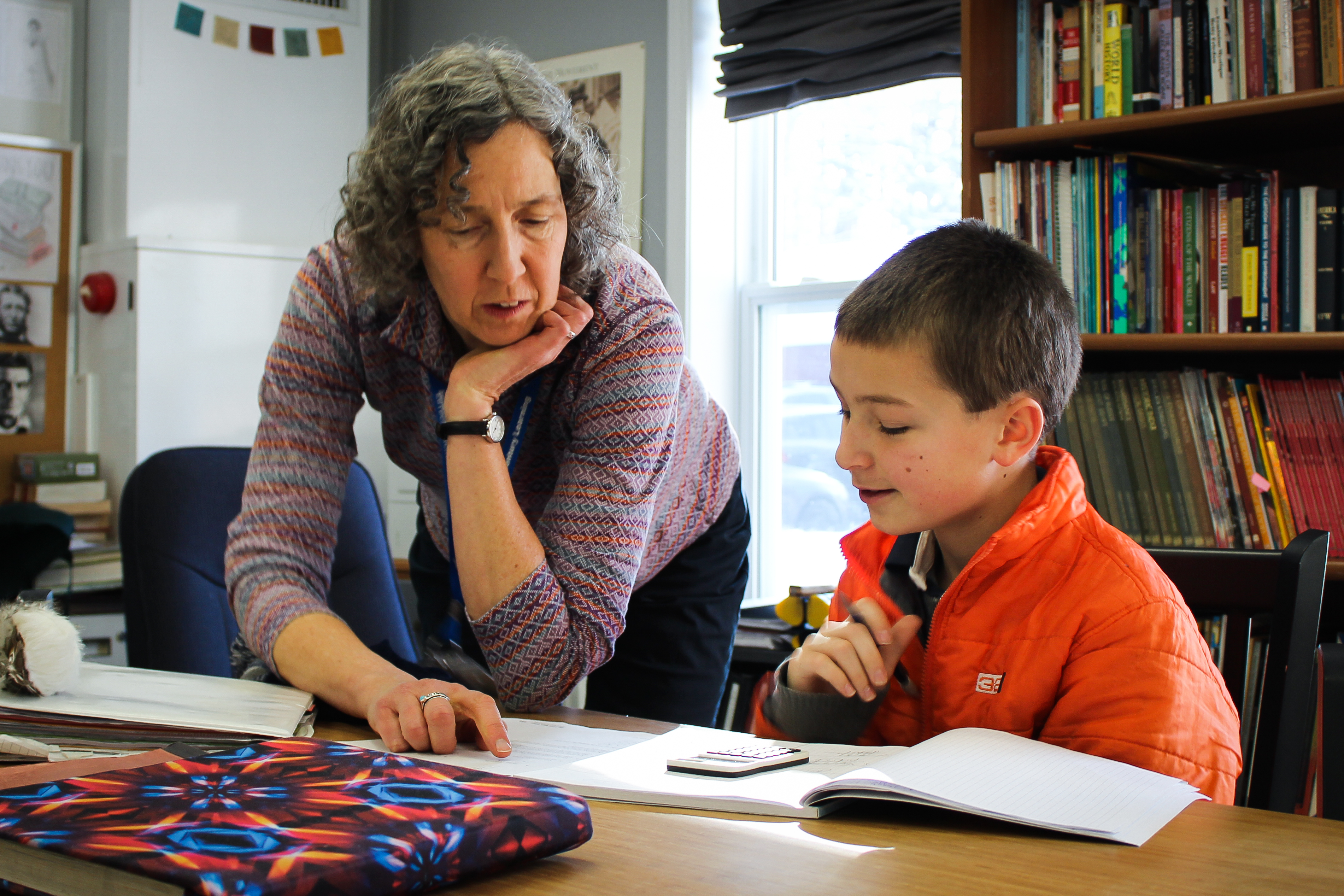
Ultimately, schools should be judged not on what their students learn, but on the impact of their students’ learning. To create a more impactful environment, students deserve ample opportunity to apply what they have learned to new situations and this knowledge should, ultimately, help them make sense of the world. Students need regular opportunities to pull ideas apart, see concepts from the inside out, and then put them back together in ways that may not always fit at first. They need to evaluate complex situations and examine texts from multiple perspectives. And most of all, they need to move beyond memorizing and regurgitating information to connect dots and develop new ideas.
For this to happen, teachers should prioritize opportunities for students to move past their analysis and strive toward deep, conceptual understanding. Only when students develop habits to engage in higher-order cognition can they regularly take the conceptual leap that will allow them to organize the bits and pieces of new material into an original products, structures, or patterns and create something that hasn’t existed before.
The teachers I know who are highly effective in this area continually ask, “What do I want my students to be able to do with the knowledge I teach them after the lesson is over?“ Once students know why they are learning certain sets of information and have a sense of ways this knowledge could be applied to real life situations, teachers can help them practice those applications in classroom activities and even replicate out in the world.
Thinking about and planning for learning impacts is a more challenging way of teaching. Some teachers need encouragement and support when creating lessons that will foster their students’ journeys along this path. But the rewards for doing so are great. It allows students to become more motivated to learn and then apply their knowledge to a range of new situations, thus contributing to intellectual, cultural, and civic life. It will help teachers develop greater opportunities to learn along with their students while making a greater impact in their own careers.




